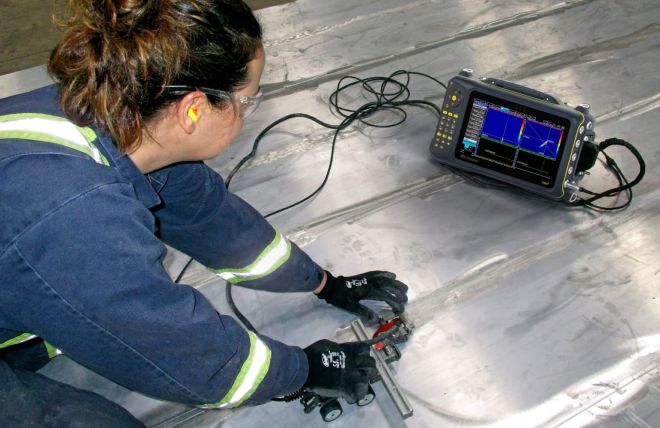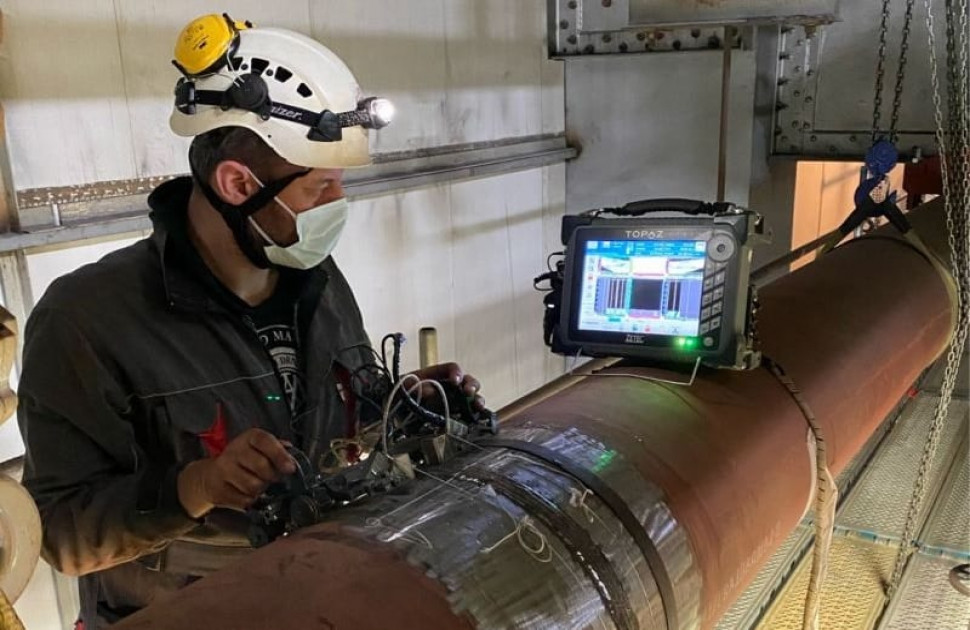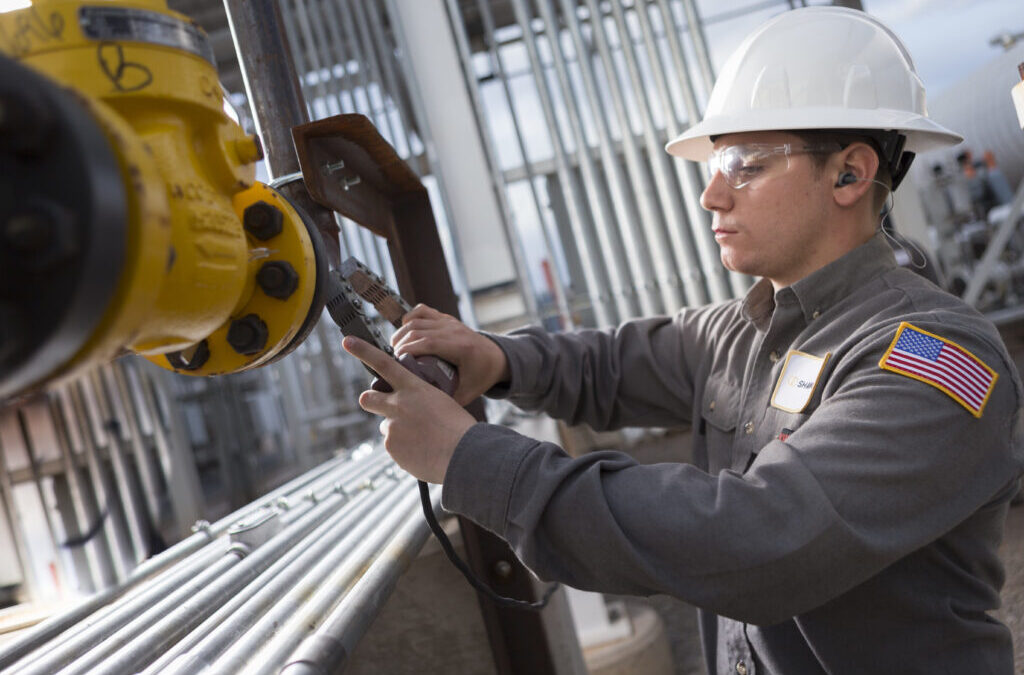In the world of ultrasonic devices, ensuring that your equipment is operating at the right frequency is crucial. Frequency calibration plays a significant role in maintaining the accuracy and efficiency of these devices. Whether you are a quality assurance professional or someone interested in the intricacies of ultrasonic technology, understanding the importance of frequency calibration in ultrasonic devices is essential.

Why is Frequency Calibration Important?
Frequency calibration ensures that ultrasonic devices produce waves at the specified frequency needed for precise measurements and inspections. Without accurate calibration, the data collected can be flawed, leading to incorrect assessments and potential safety risks.
Understanding Ultrasonic Devices
Ultrasonic devices use high-frequency sound waves to detect changes in materials. These devices are used across various industries, from medical imaging to industrial non-destructive testing. Proper calibration ensures these devices work correctly and provide accurate data.
How Ultrasonic Devices Work
Ultrasonic devices emit sound waves that travel through materials. When these waves encounter a change in material density, such as a crack or void, they are reflected back to the device, where they are measured and analyzed.
Steps in Frequency Calibration
Calibration involves several steps to ensure accuracy:
Initial Setup
The device must be set up according to the manufacturer’s guidelines. This setup includes ensuring the device is in a stable environment free from external vibrations.
Measurement Verification
Using a known reference standard, the device’s frequency output is measured and compared to the standard. Any discrepancies are adjusted to align with the standard.
Adjustment and Recalibration
After initial measurements, adjustments are made as needed. This process may need to be repeated multiple times to ensure the device is correctly calibrated.
Common Challenges and Solutions
One major challenge in frequency calibration is environmental interference. Ensuring a controlled environment during calibration can mitigate this issue. Additionally, regular maintenance and checks can help detect and correct any drift in frequency output.
Environmental Interference
Even minor changes in temperature or pressure can affect the accuracy of ultrasonic devices. It’s essential to perform calibration in conditions that mimic the typical operating environment as closely as possible.
Drift in Frequency Output
Over time, devices may experience drift, where the frequency output slowly changes. Regular calibration checks help identify and correct drift before it impacts device performance.
Benefits of Proper Calibration
Properly calibrated devices ensure accurate readings, improved safety, and compliance with industry standards. This accuracy is vital for applications requiring precise measurements, such as quality assurance and predictive maintenance.
Accuracy and Safety
Accurate ultrasonic measurements are critical in industries where safety depends on the integrity of materials. Regular calibration helps prevent errors that could lead to safety hazards.
Compliance with Standards
Industries have specific standards that devices must meet. Regular calibration helps ensure compliance with these standards, avoiding costly fines and reputational damage.
Tools and Technologies for Calibration
Various tools and technologies assist in the calibration process. These include oscilloscopes, frequency counters, and specialized calibration software.
Oscilloscopes and Frequency Counters
These tools measure the frequency output of ultrasonic devices and compare it to the expected values. They provide a visual representation of the frequency output, making adjustments easier.
Calibration Software
Advanced software solutions offer automated calibration processes, reducing the potential for human error and speeding up the calibration process.
Future Trends in Frequency Calibration
As technology advances, new methods and tools continue to emerge, improving the accuracy and efficiency of frequency calibration. Innovations such as AI and machine learning offer promising improvements in predictive maintenance and calibration processes.
AI and Machine Learning
These technologies can analyze data trends over time, predicting when calibration is needed and identifying potential issues before they arise.
Remote Calibration
Remote calibration technologies allow for calibration to be performed without the physical presence of technicians, reducing downtime and costs.
Conclusion
Understanding and implementing proper frequency calibration in ultrasonic devices is essential for ensuring accurate measurements and maintaining safety standards. As technology evolves, staying informed about the latest calibration techniques and tools will be crucial for professionals in the field.

FAQs
What is frequency calibration?
Frequency calibration is the process of adjusting the frequency output of a device to match a known standard, ensuring accurate measurements.
Why is calibration important in ultrasonic devices?
Calibration ensures that ultrasonic devices provide accurate data, which is crucial for safety and compliance in various industries.
How often should ultrasonic devices be calibrated?
The frequency of calibration depends on the device’s usage and the manufacturer’s recommendations, but regular checks are advised to maintain accuracy.
For more details on setting inspection frequencies, you can visit this external resource. You can also explore related topics on optimal frequency and synchronization in inspections on Strobox AI.
This article contains affiliate links. We may earn a commission at no extra cost to you.
